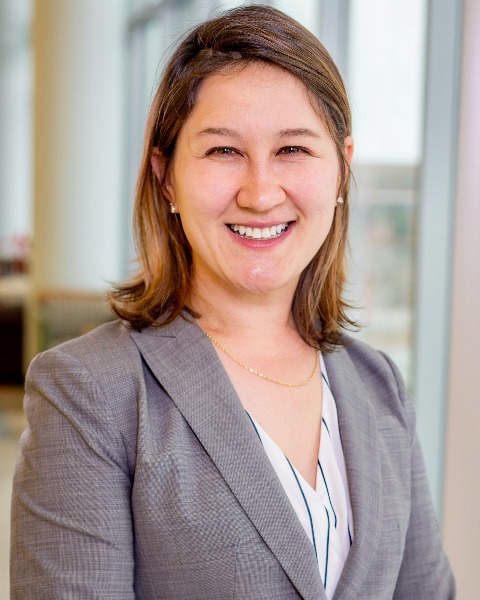Embolization
Retrospective Analysis of Recanalization Rates Using Non-Fibered Coils for Pulmonary Arteriovenous Malformation Occlusion

Eduardo Bent Robinson, MD (he/him/his)
Resident Physician
Interventional Radiology University of Colorado Anschutz Medical CenterDisclosure(s): No financial relationships to disclose

Leigh Casadaban, MD, MS
Assistant Professor
University of Colorado- HN
Helio Neves Da Silva, BS
Medical Student
University of Colorado School of Medicine 
Aparna Annam, DO (she/her/hers)
Associate Professor
Children's Hospital Colorado- JL
Jonathan Lindquist, MD (he/him/his)
Assistant Professor
Department of Radiology, University of Colorado Anschutz Medical Center - PR
Paul J. Rochon, MD (he/him/his)
Medical Director
American Vein and Vascular Institute
Poster Presenter(s)
Author/Co-author(s)
PURPOSE: A pulmonary arteriovenous malformation (pAVM) can cause significant morbidity and mortality by shunting blood without pulmonary capillary bed filtration. Coil embolization can achieve permanent and complete pAVM closure unless there is incomplete embolization or recanalization. Choice of coil may influence treatment effectiveness. Our study evaluates treatment success and recanalization rate of pAVMs embolized with non-fibered coils.
Materials and Methods:
METHODS: This multicenter, retrospective analysis received IRB approval. Patients who underwent pAVM coil embolization between January 2012 and March 2022 were reviewed. Hereditary hemorrhagic telangiectasia (HHT) status, demographics, clinical and imaging follow-up, embolization material, and procedural technique were reviewed. The primary outcome was pAVM recanalization, defined as flow through the venous outflow on follow-up CT or angiography after technically successful embolization. Secondary outcomes included post-intervention complications and primary/secondary technical success, defined as venous outflow filling after the first procedure or all procedures for the same pAVM, respectively.
Results:
RESULTS: A total of 45 pAVMs (mean 1.43 per patient) were treated in 30 patients (mean 49-years-old; 11M:19F). Imaging review demonstrated 35 simple pAVMs, 26 nonsacular pAVMs, and mean feeding artery diameter of 4.12 mm +/- 1.86 mm. HHT was documented in 77% (23/30). A total of 233 non-fibered coils were used (mean 5.2 per pAVM). Six pAVMs were treated with fibered coils and/or plugs for complete embolization per operator’s preference. Nidus was treated in 44/45 (98%). Primary technical success was 93% (42/45) and secondary technical success was 98% (44/45). One patient with incomplete treatment was lost to follow-up. Two patients with complex, nonsacular pAVMs required staged treatments due to technical challenges. Recanalization was identified in two pediatric siblings (age 8 and 9) at 10- and 5-months follow-up imaging with initial feeding arteries measuring 2 and 3 mm, respectively. Thus, recanalization of successfully treated pAVMs occurred in 5% (2/44) with mean time-to-last imaging of 20.6 +/- 19.0 months. No complications were recorded clinically or on post-procedural imaging.
Conclusion:
CONCLUSION: Non-fibered coils provide effective occlusion of pulmonary arteriovenous malformations without complications. Recanalization occurred in 2 pAVMs in pediatric siblings, which may be due to their young age or genetic factors given familial relationship.

.png)
.jpg)
.png)
.png)
.jpg)
.png)
.png)
.jpg)
.png)